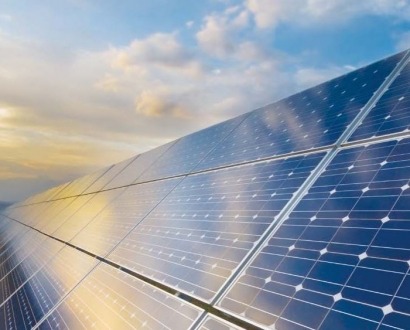
Released today at InterSolar Europe, Letting in the Light: How Solar Photovoltaics Will Revolutionize the Electricity System finds the solar industry is poised for massive expansion, driven primarily by cost reductions. It estimates that solar PV capacity could reach between 1,760 and 2,500 GW by 2030, up from 227 GW today.
“Recent analysis from IRENA finds that cost reductions for solar and wind will continue into the future, with further declines of up to 59 per cent possible for solar PV in the next ten years,” said IRENA Director-General Adnan Z. Amin. “This comprehensive overview of the solar industry finds that these cost reductions, in combination with other enabling factors, can create a dramatic expansion of solar power globally. The renewable energy transition is well underway, with solar playing a central role.”
Focusing on technology, economics, applications, infrastructure, policy and impacts, the report gives an overview of the global solar PV industry and its prospects for the future. It includes data and statistics on:
“World electricity demand is expected to grow by more than 50 per cent by 2030, mostly in developing and emerging economies,” Amin said. “To meet this demand while also realising global development and sustainability goals, governments must implement policies that enable solar to achieve its full potential.”
Reaching a 13 percent share of global electricity by 2030 will require average annual capacity additions to more than double for the next 14 years. The report highlights five recommendations that can help achieve this increase including: updated policies based on the latest innovations; government support of continued research and development activities; creation of a global standards framework; market structure changes; and the adoption of enabling technologies like smart grids and storage.
Letting in the Light is the third solar-focused publication released by IRENA this summer. Last week, IRENA released The Power to Change, which predicts that average costs for electricity generated by solar and wind technologies could decrease by between 26 and 59 per cent by 2025. Earlier this week, IRENA released End-of-Life Management: Solar Photovoltaic, which found that the technical potential of materials recovered from retired solar PV panels could exceed USD 15 billion by 2050, presenting a compelling business opportunity.
For additional information:

